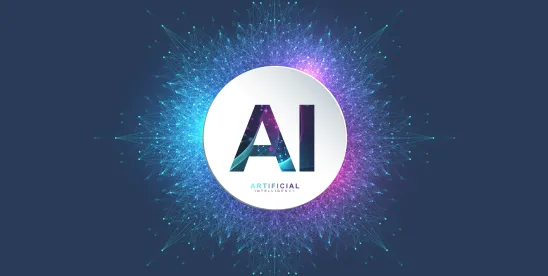The United States Patent and Trademark Office (USPTO) is holding a roundtable discussion, on August 5, 2024, about the intersection of AI technology and legal protections for individuals’ reputations and name, image, voice, likeness (NIL), and other indicators of identity. These rights of publicity are currently protected by a patchwork of inconsistent laws and common law rights in dozens of states. In addition to addressing whether existing legal protections for individuals’ NIL and reputations are sufficient and how these legal protections intersect with other IP laws, the USPTO is specifically interested in how AI technology impacts existing legal protections for NIL and reputation. As the USPTO notes, AI technology enables new and efficient ways to create digital media, including images, audio, and video. AI can be used to generate digital media that incorporates individuals’ NIL or impacts individuals’ reputations, with or without appropriate authorization. The unauthorized use of AI-generated NIL content can implicate Federal trademark and copyright laws, as well as state NIL laws.
The USPTO has published a Federal Register Notice with details about the roundtable, including an overview of the purpose and sample questions it wants participants to address. The summary indicates that the USPTO seeks public input regarding whether existing laws protecting an individual’s reputation and existing laws prohibiting unauthorized use of an individual’s name, image, voice, likeness, or other indicia of identity (collectively “NIL”) are sufficient given the development and proliferation of AI technology. The USPTO seeks this input to assist in its ongoing work to shape IP policy, including NIL policy, and to assist the USPTO in developing IP policy recommendations regarding the intersection of AI and IP, in accordance with the White House’s Executive Order on AI.
The questions for which it seeks input include:
- How does the use of unauthorized NIL content harm individuals? Does AI technology exacerbate the creation and use of unauthorized NIL content and harm to individuals? If so, how?
- How can AI be used as a legitimate and constructive tool in circumstances where individuals grant permission to a third party to use their NIL?
- Do technological mechanisms or protocols currently exist to identify AI-generated NIL content, to prevent or deter unauthorized AI-generated NIL content, or to remove unauthorized AI-generated NIL content after it has been released? What other types of mechanisms or protocols exist, or should exist, to identify AI-generated NIL content or address unauthorized NIL content?
- Currently, NIL is primarily protected via state law. In addition, some Federal statutes also address certain misuses of NIL. For example, the Lanham Act includes a provision—15 U.S.C. 1125(a)—that can be used to bring a Federal cause of action in certain circumstances involving NIL misuse. Are current legal protections for NIL rights sufficient? Why or why not?
- There have been calls for a new Federal law to address unauthorized use of NIL content, including content generated by AI. Should Congress create a new Federal law to protect NIL? If so:
- Should current state NIL laws, such as state right of publicity laws, be preempted if a new Federal NIL law is enacted?
- What key elements should be incorporated in a new Federal NIL law?
- Should any new Federal NIL law protect against all unauthorized replicas of an individual’s NIL or focus on unauthorized AI-generated replicas?
- Some state laws addressing NIL protect only well-known individuals. Likewise, many Federal circuit courts require a showing, among other elements, that a plaintiff is famous or recognizable by the public in order to succeed on a claim under 15 U.S.C. 1125(a). Should this requirement of fame or recognizability be included in a new Federal law protecting NIL rights? Why or why not?
- Should a new Federal law prohibit non-commercial uses of unauthorized NIL content, such as political deep fakes and revenge pornography?
- What types of enforcement mechanisms should be included in any new Federal NIL law?
- What elements should be included in a new Federal NIL law to help ensure it does not become obsolete due to rapid changes in AI technology?
- Section 230 of the Communications Decency Act states: “No provider or user of an interactive computer service shall be treated as the publisher or speaker of any information provided by another information content provider.” Section 230 also expressly provides that “[n]othing in this section shall be construed to limit or expand any law pertaining to intellectual property.” Should any new Federal NIL law be considered an “intellectual property law” for purposes of Section 230 of the Communications Decency Act?
- How should Congress address First Amendment considerations in any new Federal NIL law?
- Should any new Federal NIL law be incorporated into the Lanham Act?
- What limits, if any, should be placed on the voluntary transfer of rights concerning NIL to a third party? For example, should there be limits on the duration of such transfers?
- Questions 1-6 above relate to individuals’ NIL. How should these questions be answered in the context of individuals’ and creators’ reputations?
The roundtable will consist of two sessions on August 5, 2024: a morning in-person session at USPTO headquarters in Alexandria, Virginia (at which I am honored to have been invited as a panelist), and an afternoon virtual session. Both sessions will be livestreamed. To register to watch the livestream of the roundtable: Visit the registration page. There is no charge to view either session, but advance registration is required.



 />i
/>i

